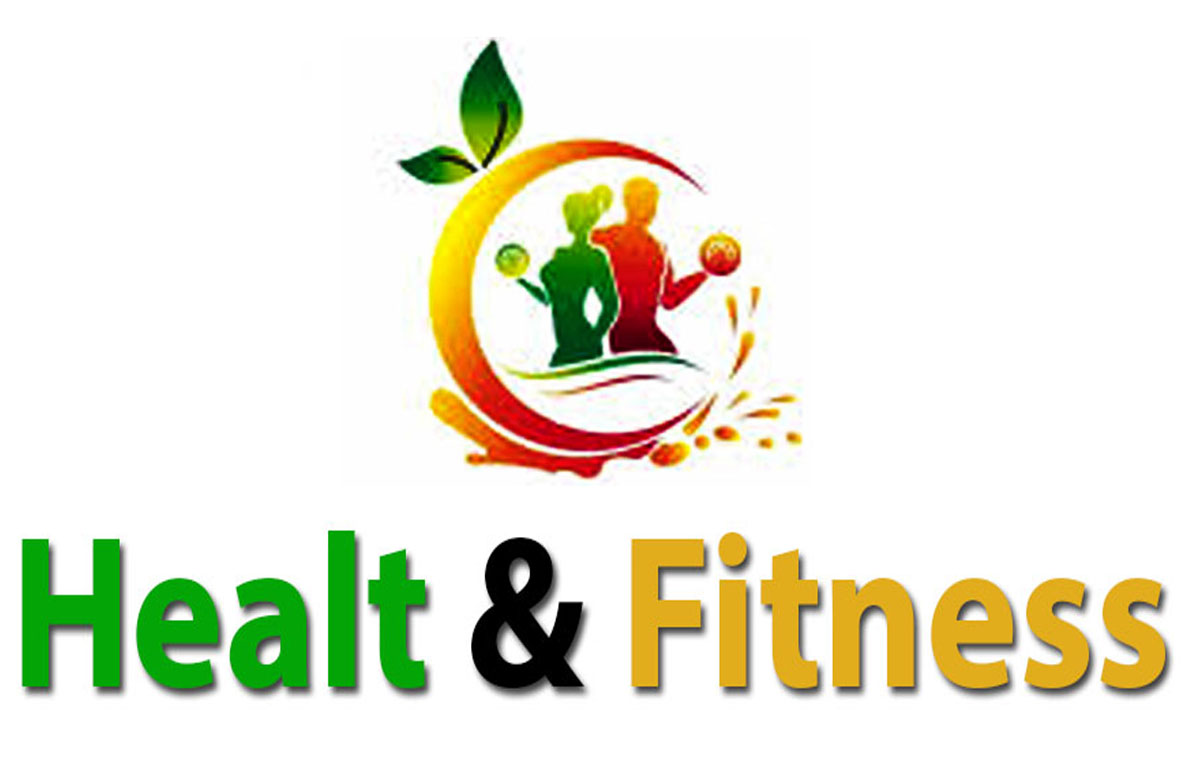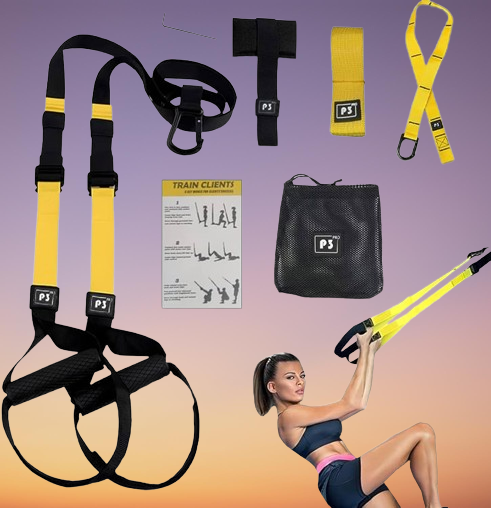Barre Basics: True and Guaranteed for Ballet-Inspired Fitness
Please Watch the Barre Basics video: Click here![]()
Ballet Fitness, a workout method inspired by ballet, builds strength to sculpt and tone the body while incorporating dance and strength training materials.
Fitton Introduction to Bar
Barre Fit seamlessly blends ballet with elements of Pilates, yoga, and strength training. Barre exercises were first developed as dance warm-up routines and have since expanded into a broader range of exercises that work for various muscle groups and enhance posture, strength, and flexibility.
To start a barre workout, you don't need a lot of equipment. Generally, a sturdy surface and a few key items to serve as your "barre" will suffice. Here's an outline to get you started:
Core exercises in a barre workout
Using batch-by-batch methods, the exercise consists of a range of exercises such as push-ups, squats, leg lifts, pulses, and arm movements. These exercises provide a full-body workout by focusing on particular muscles including the arms, thighs, glutes, and core.
Barre Basics: Equipment and Exercises for Ballet-Inspired Fitness
A. Barre or Alternative:
A barre serves as a stabilizing aid during a workout, providing support for a variety of exercises. However, if you don't have access to a traditional barrette, you can easily replace it with:
Chair:
Choose a sturdy chair with a backrest at about hip height. Hold the backrest for support during exercise.
Countertop:
A kitchen countertop or a sturdy table can work well. Make sure it is at a comfortable height for your practice.
Wall-mounted railings:
Some people secure a handrail or grab bar to a wall, providing a fixed support structure like a barre.
B.Comfortable clothes:
Wearing the right clothing is crucial for flexibility and ease of movement during a barre workout.
Form-fitting clothing:
Choose clothing that fits well but allows freedom of movement. Fitted shorts, yoga pants, or leggings are good options.
Breathable fabric:
Choose moisture-wicking materials to keep you comfortable during workouts.
Layering Options:
Depending on the temperature, consider layering to regulate body temperature as you warm up during workouts.
C. Footwear:
The right footwear increases your grip and comfort during aerobic exercise. Consider these options:
Socks:
Grippy socks with rubberized soles are ideal. They provide traction and stability while allowing foot flexibility.
Ballet Slippers:
Lightweight and flexible, ballet slippers provide excellent support and allow for precise foot movement.
Barefoot:
Some prefer to do barre workouts with bare feet to make direct contact with the floor and increase flexibility.
Make sure your shoe choice supports your comfort and stability during your move and allows you to maintain proper form throughout the workout.
Each of these aspects plays an important role in ensuring a comfortable and effective barre workout experience. If you have a specific preference or need more details, feel free to ask!
Basic Barre Exercises
A. Plies:
A fundamental ballet move that works the calves, glutes, and thighs is the plié. Here's how to perform it:
Starting position:
Stand tall with your feet wider than hip-width apart, toes turned out.
Death Penalty:
Bend your knees while keeping your back straight, as if going into a squat. Keep your heels on the ground.
Return to the starting position:
Press through your heels to straighten your legs and return to the starting position.
Information:
Relevés enhance balance and strengthen ankles and calves. Follow these steps:
Starting position:
Start by standing tall with your feet hip-width apart.
Death Penalty:
Rise onto the balls of your feet, lifting your heels off the ground.
Return to the starting position:
Lower your heels into the ground in a controlled manner.
B. Tenders:
Tendus improves the precision, strength, and flexibility of the legs. Here's how to perform them:
Starting position:
Step one foot in front of the other to start.
Death Penalty:
Slide one leg forward, keeping it in contact with the floor until fully extended. Point toes.
Go back to where you were before:
Return the leg to the starting position while maintaining control and keeping the foot pointed.
C.Basement:
Butt exercises help improve leg strength and flexibility. Follow these steps:
Starting position:
Begin in a standing position with feet together.
Death Penalty:
Lift one leg forward, side, or back in a controlled motion, keeping the knee straight without locking it.
Return to starting position:
Lower the leg with control, maintaining proper form throughout the movement.
D. Pulse Exercise:
Pulse exercises target specific muscle groups that involve short, repetitive movements. Here's how they work:
Starting position:
Assume the starting position for the designated exercise (eg, plié position, prone position).
Death Penalty:
Make small, controlled movements in a short range, often in a pulsating manner, without fully stretching or relaxing the muscles.
Repeat:
Continue the pulsating movement for a specific duration or number of repetitions to effectively engage the targeted muscles.
These exercises are based on Bayer workouts, helping to strengthen and tone different muscle groups while promoting flexibility and control. If you need more details or variations, feel free to ask!
Barre Workout Structure
A. Warming up:
A proper warm-up is essential to prepare your body for exercise and prevent injury. A barre warm-up may include:
Cardio Movement:
To raise blood flow and heart rate, try dynamic movement, light jogging, or marching in place.
Joint Solidarity:
Key joint stretches like ankle rotations, hip circles, and shoulder rolls should be done gently.
Dynamic Stretch:
Perform arm circles, torso twists, and leg swings to progressively improve range of motion and flexibility.
B. Bar exercises:
The core of a barre workout involves a series of exercises targeting different muscle groups, often focusing on the legs, core, and arms. Common exercises include:
Footwork:
Leg lifts, tendas, batments, and plies can help to tone and strengthen the leg muscles.
Core Exercises:
Variations of isometric holds, crunches, and planks engage and strengthen the core.
Arm Movement:
To strengthen your upper body, try arm circles and bicep curls with small weights or resistance bands.
C. Floor work:
After barre exercises, the transition to the floor focuses on additional strengthening and flexibility exercises.
Mat Exercises:
exercises that work the core, such as Pilates-style motions or leg raises and bicycle crunches.
Stretching:
Static stretches target major muscle groups to improve flexibility and prevent tightness.
D. Cool down:
A proper cool-down helps to gradually reduce the heart rate and relax the muscles.
Gentle stretching:
Perform static stretches for all major muscle groups, holding each stretch for 20–30 seconds.
Deep breath:
Take deep, slow breaths to promote relaxation and recovery.
Hydration:
Drink water to rehydrate your body after a workout.
Each exercise has a distinct function that advances the body's overall conditioning, flexibility, and strength. Adapting these segments to your fitness level and needs is key to a safe and effective workout. If you want more details or specific exercises within each section, feel free to ask!
Tips for beginners:
For newcomers, the policy's most important components are accuracy, alignment, and efficiency. Starting with a beginner-friendly class or video and building up to the rigors of the barre movement helps build strength and confidence.
1. Focus on form and technique rather than speed or quantity.
2. Engage your core muscles throughout the exercise.
3. Listen to your body and take breaks when necessary to avoid injury.
4. Gradually increase the intensity and duration of your workout as you build strength and flexibility.
Benefits of barre exercise
There are numerous advantages to working out at a bar that address different fitness objectives and general wellbeing. Here are some key benefits:
1. Strength Building:
Muscle toning: By using isometric movements, barre exercises help sculpt and tone particular muscle groups, especially the arms, legs, core, and glutes.
Better posture: Bayer exercises, which place an emphasis on correct alignment and involve the core muscles, aid in better posture and spinal alignment.
2. Flexibility and range of motion:
Increased flexibility: Incorporating stretches and fluid movements helps improve flexibility, increasing the range of motion in joints and muscles.
Joint Mobility: Continuous movement in different directions contributes to improving joint mobility and agility.
3. Core Strength and Stability:
Core Engagement: Many barre exercises engage the core muscles, promoting core strength and stability, which is essential for balance and overall strength.
4. Low-impact and joint-friendly:
Low-Impact Nature: Barre exercises are generally low-impact, making them accessible to people with joint problems or those who want a workout with less stress on the joints.
5. Balance and coordination:
Enhanced Balance: A focus on small, controlled movements challenges balance and coordination, leading to improvements in these areas over time.
6. Mind-Body Connection:
Mindful Movement: Barre workouts often emphasize mindfulness and focus on the mind-body connection, promoting mental relaxation and stress reduction.
7. Versatility and Accessibility:
Adaptability: Barre exercises can be modified to suit different fitness levels, making them suitable for beginners and experienced exercisers alike.
Advantages: They can be performed at home or in the studio with minimal equipment, providing convenience and flexibility in the workout routine.
8. Cardiovascular Endurance:
Increase heart rate: Incorporating elements such as pulsating movements or cardio intervals can contribute to improving heart rate, and supporting cardiovascular health.
Barre workouts offer a comprehensive fitness approach combining elements of strength training, flexibility, balance, and mindfulness. Incorporating these exercises into a fitness regimen can lead to overall improvements in strength, posture, flexibility, and mental well-being.
Advanced barre technique
As working barre progresses, adding complex variations and progressions to their routines increases physical strength, resulting in increased strength and agility.
Barre class vs home workout
Choosing between attending studio classes or staying at home comes down to personal preference and scheduling. While classes provide guidance and a sense of community, home workouts offer flexibility and convenience.
Barre is included in the fitness routine
Combining barre exercises with other workouts adds variety to a fitness routine by providing a mix of strength, flexibility, and cardio exercises. Voters recommend exercising 2-4 times a week for best results.
Common Mistakes to Avoid in Barre Workouts
Some common mistakes, such as arching the back or neglecting engagement, can hinder performance. The secret is to focus progress and employ the appropriate strategy.
Introduction to overall fitness bar
Barre workouts target different groups and address overall fitness by promoting a versatile physique. Combining barre with other strength exercises increases flexibility and strength endurance.
In conclusion, Barre Fit Hugs not only increase physical strength and flexibility but also add a touch of elegance to one's workout. With the right guidance and support, this ballet-inspired fitter can move towards a more balanced lifestyle.
FAQs:
1. What makes barre workouts unique?
Ballet exercises combine elements of yoga, pilates, and ballet, emphasizing muscle endurance and isometric movements.
2. Can anyone, regardless of fitness level, exercise Bayer?
Yes, the barracks can be modified to suit different fitness levels, making them suitable for nationals and novices alike.
3. How much should one mean at a time?
Exercise 2-4 times per week is recommended for strength and flexibility effects.
4. Are there specific clothing recommendations for barre workouts?
Comfortable and stretchy clothing that allows for freedom is ideal for a barre workout. Leggings and fitted tops are usually preferred.
5. Can you help the barre with the reduction?
Although focusing on improving toning and flexibility, they are Pakistan in terms of overall fitness, which when combined with a balanced diet can help in primary control.


.jpg)
.jpg)


.jpeg)

.jpeg)





